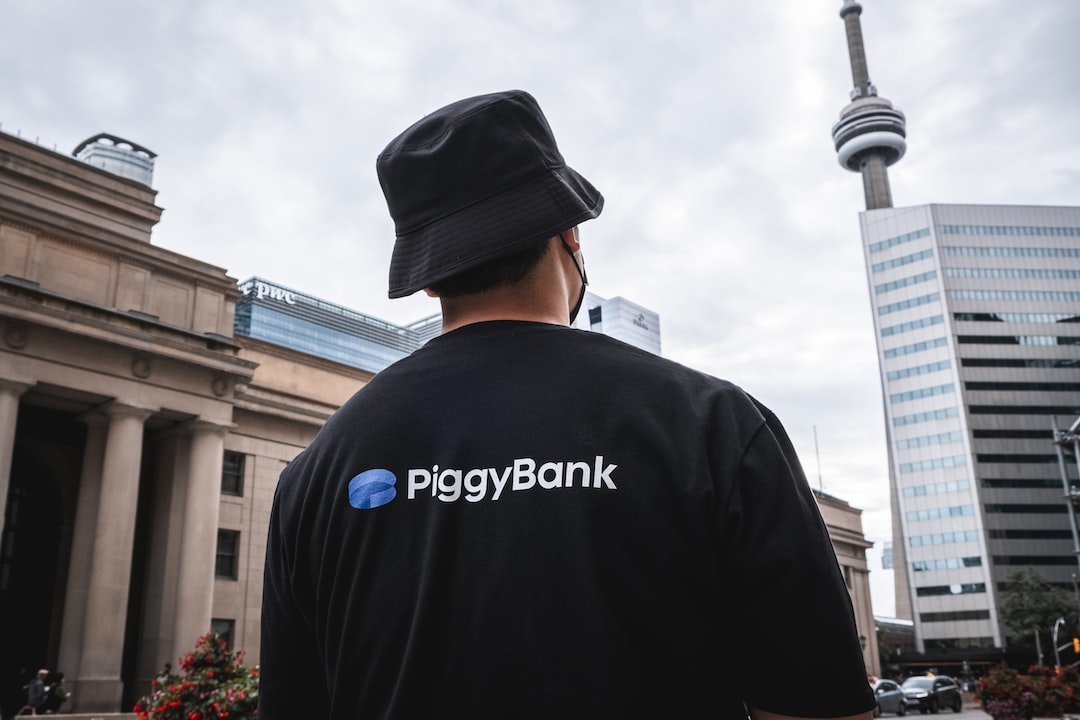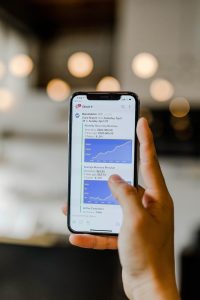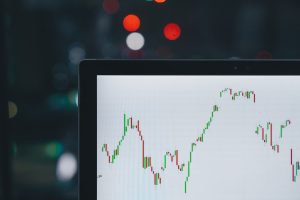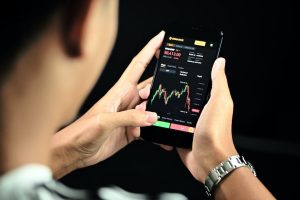Forex trading can be a profitable venture for those who know how to navigate the market. However, it can also be a complicated and confusing process, especially for beginners. One of the key terms that traders need to understand is the forex spread. This is the difference between the bid price and the ask price of a currency pair, and it represents the cost of trading. In traditional forex trading, traders pay the spread both when they buy and when they sell. However, some brokers offer a different approach – pay forex spread only when you buy. In this article, we will explain what this means and how it works.
What is Forex Spread?
Before we dive into the concept of paying the spread only when you buy, let’s first define what the forex spread is. In forex trading, there are two prices for each currency pair – the bid price and the ask price. The bid price is the price at which the market is willing to buy the base currency, while the ask price is the price at which the market is willing to sell the base currency. The difference between these two prices is the spread.
For example, let’s say the EUR/USD currency pair has a bid price of 1.2000 and an ask price of 1.2005. The spread, in this case, is 0.0005 or 5 pips. This means that if you want to buy the EUR/USD pair, you will have to pay the ask price of 1.2005, which is higher than the bid price. If you want to sell the pair, you will receive the bid price of 1.2000, which is lower than the ask price.
Why Do Traders Pay the Spread?
The spread is the main source of revenue for forex brokers. When traders buy or sell a currency pair, they pay the spread to the broker. The spread is usually measured in pips, which is the smallest unit of measurement in forex trading. The size of the spread depends on the liquidity of the currency pair, the volatility of the market, and the broker’s pricing model.
In traditional forex trading, traders pay the spread both when they buy and when they sell a currency pair. For example, if the spread for the EUR/USD pair is 2 pips, traders will pay 2 pips when they buy the pair and 2 pips when they sell the pair. This means that traders have to overcome the spread before they can make a profit from their trades. This can be challenging, especially for short-term traders who aim to make small profits from each trade.
Pay Forex Spread Only When You Buy
Some forex brokers offer a different pricing model, which is known as “pay forex spread only when you buy.” This means that traders only pay the spread when they open a long (buy) position on a currency pair. When they close the position or open a short (sell) position, they do not pay the spread. This pricing model is also known as zero spread or tight spread.
For example, let’s say a forex broker offers a zero spread for the EUR/USD pair. If you want to buy the pair, you will pay the ask price of 1.2005, but you will not pay any additional spread. When you close the position or open a sell position, you will receive the bid price of 1.2000, which is the same as the market price. This means that you do not have to overcome the spread to make a profit from your trades.
Benefits of Paying Forex Spread Only When You Buy
There are several benefits of paying the spread only when you buy a currency pair. Firstly, it reduces the cost of trading, especially for short-term traders who make frequent trades. If you pay the spread both when you buy and when you sell, the cost of trading can add up quickly, and it can eat into your profits. By paying the spread only when you buy, you can reduce your trading costs and increase your profitability.
Secondly, it simplifies the trading process. When you pay the spread only when you buy, you do not have to calculate the spread every time you open or close a position. This can save you time and reduce the risk of errors. It also makes it easier to determine your entry and exit points, as you only have to focus on the bid and ask prices.
Finally, it can improve your trading performance. If you do not have to overcome the spread to make a profit, you can enter and exit trades more easily. This can give you more flexibility in your trading strategy and allow you to capitalize on short-term market movements. It can also reduce the impact of slippage, which is the difference between the expected price of a trade and the actual price at which it is executed.
Conclusion
Paying the spread is an unavoidable cost of forex trading. However, by choosing a broker that offers a zero spread or tight spread pricing model, you can reduce your trading costs and improve your profitability. When you pay the spread only when you buy, you simplify the trading process, improve your trading performance, and increase your flexibility. As with any trading strategy, it is important to do your research and choose a broker that meets your trading needs and preferences.






